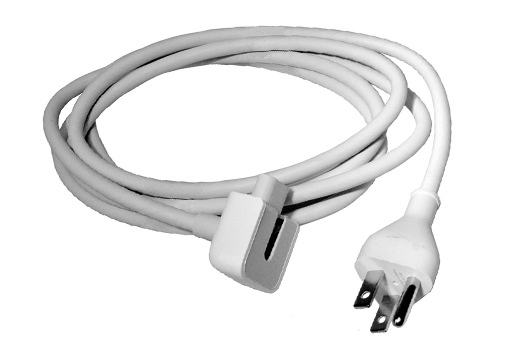Looks like a low voltage ac transformer for your house doorbell. One thin wire runs to the actual doorbell, the other to the push button near the front door.
I vaguely remember either being told this or deciding this too.
Is there a chance that this thing could emit a low hum that's picked up by my pro audio gear during recording sessions? The floor of the studio is directly above the ceiling of the garage. And I've had
an everpresent faint hum at approx 60 cycles that I keep having to deal with.
Finding and eliminating sources of AC electrical hum or buzz in audio gear is a science and art all its own.
There is also a lot of misunderstanding and half-correct old-wives tales regarding how to reduce the unwanted noise in your recorded material.
‘Grounding’ in particular is often misused and incorrectly applied, also many with strange beliefs that are held to be true.
It
is entirely possible to have a recording studio space with damn near zero AC induced hum and buzz noise. How to do so and what must be done can vary greatly depending on the specifics of the audio equipment, the space, and the electrical system.
The approach and solution must be methodical and holistic. Generally speaking there will be multiple issues contributing to the problem. Resolution will be similarly multi-pronged.
That said, there is a simple ‘trick’ that sometimes helps. Plug
all of the interconnected audio gear (and any connected recording/computer gear) into the same power bar. With a single heavy cord back to the power outlet. This forces every piece of equipment to have the ground pin connected to the same electrical ground reference.
If some equipment has only two prong power cord, it may require a separate ground wire run from the metal shell of the power bar to the equipment ground screw. *
* Apple MacBook power bricks sometimes come with a two prong power cord, but there is a grounding nub on the power brick. There are three prong power cords available for Apple power blocks that provide the grounding link.

Power cords should be kept separated from audio and other cables. Power cords should not be coiled, use lazy S shapes, and well away from non-power cords. Try to keep audio cables multiple feet away from power cords, even elevated where possible.
Beyond this, an understanding of the room configuration and electrical environment would be necessary.
If you have a battery powered recorder or amp you can use with headphones and microphone, you can ‘hunt’ for lower level audible hum sources. Some equipment may emit resonant audible sound matching the 60 cycle AC power line frequency. Within equipment sometimes the noise frequency is doubled (typically from rectification in the power supply). This can be a clue, if you hear
120 Hz noise, as to what equipment may be producing it.

